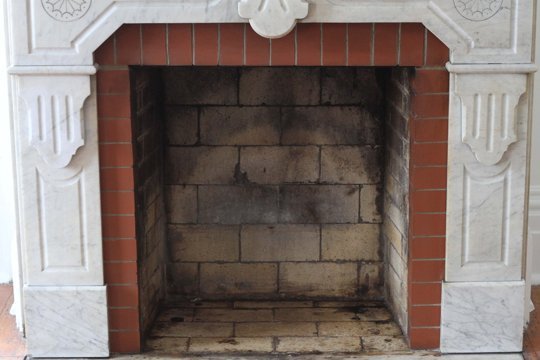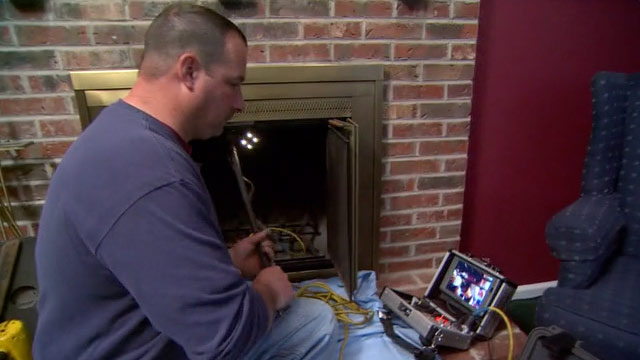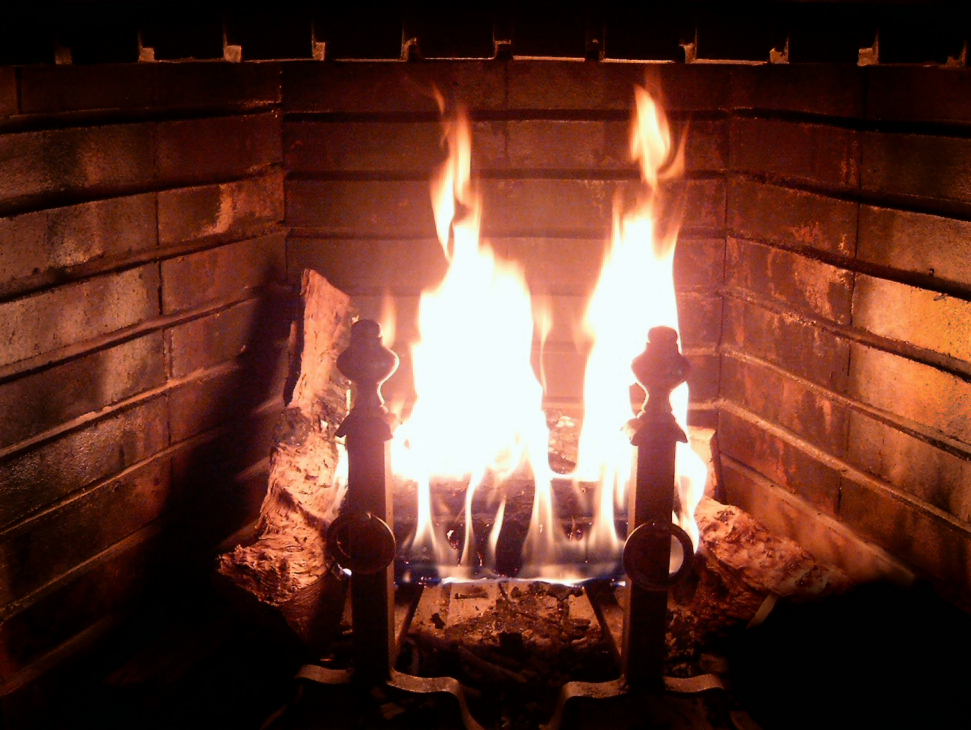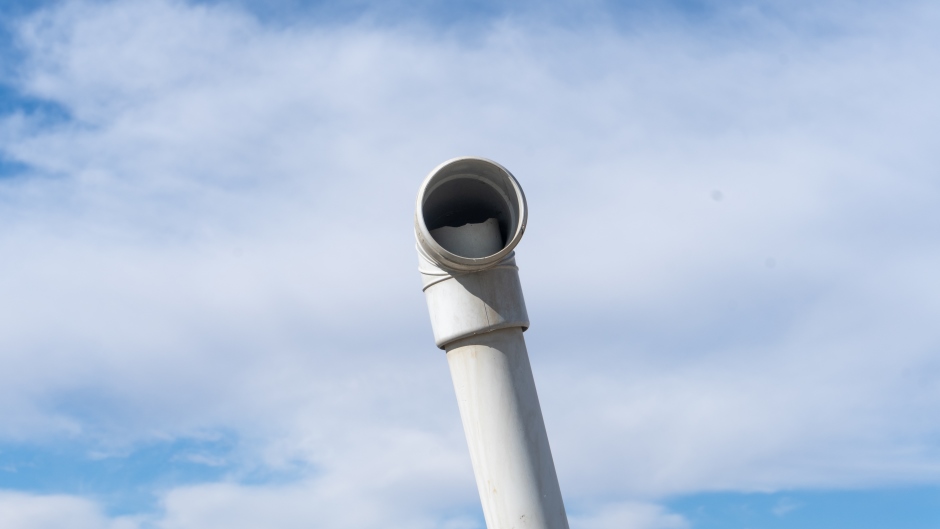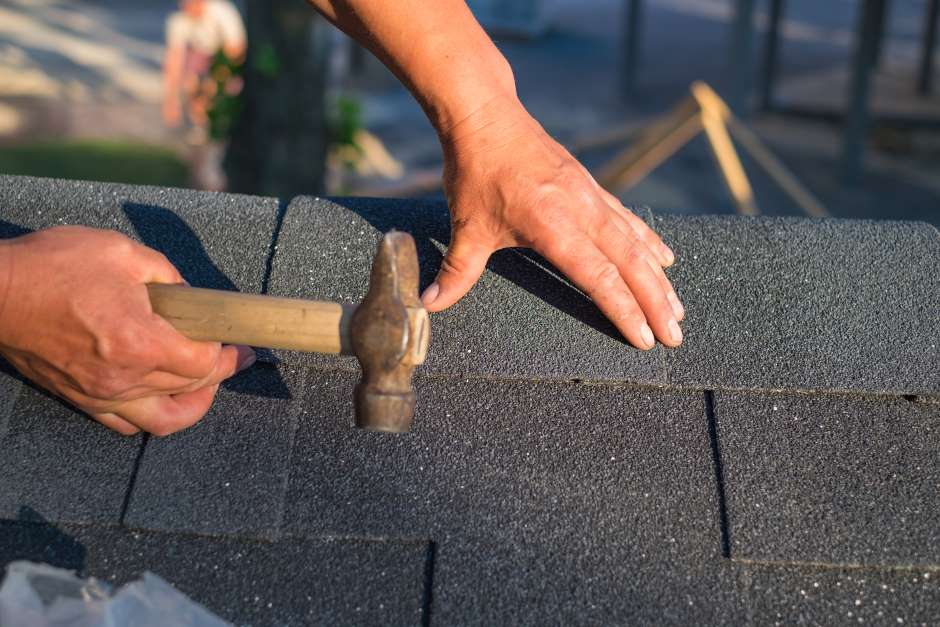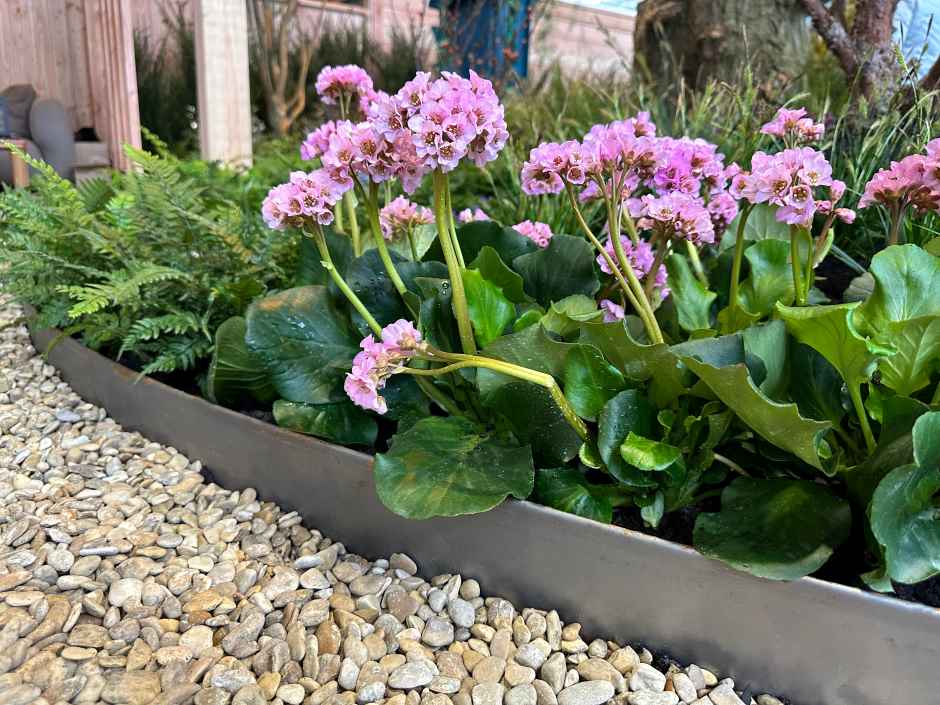A fireplace is a perfect, natural space to gather with friends and loved ones at the end of a long day. Crackling fire adds a unique ambiance that relaxes both family and guests. However, it’s important to keep the unit well maintained. Not just for function’s sake, but for the safety of your property and family as well. The CSIA (Chimney Safety Institute of America) recommends having a professional check your chimney at least annually, and more frequently depending on its frequency of usage. This is because of thew gradual wear and tear which your fireplace and chimney endure through seasons of high usage and minimal usage, as well as animal and mineral deposits, and the inevitable buildup of creosote along the interior of the chimney and fireplace. All of these conditions pose a threat of fire damage to a home. This is why you should have your chimney checked, and why you should only burn seasoned, well-dried, hardwood.
Fireplace Cleaning
A professional will have the right equipment and expertise to clean out the chimney part of your fireplace, but it’s on you to keep up with the after-use cleanings. After every single fire you must sweep and dust the fireplace. While it is possible to vacuum, not all models distribute air effectively and it is possible to make a mess very quickly before the appliance is shut off. In addition to this surface cleaning, it’s absolutely crucial to have your unit inspected every year, especially the flues, firebox, and chimney. These areas are where buildup occurs most commonly and where fires that you didn’t intend on having start.
With that in mind, experts in the field of home heating are quick to advise homeowners to ignore their natural inclination and never use water to put out your fire, or at the very least only use water in case of an emergency. Water will turn ash into a putty that’s near impossible to clean up. So this means that your fire has to completely die down and cool before cleaning can take place. Usually waiting for morning is the best bet, but experts recommend not to leave it unattended. If you’re ever unsure or uncomfortable, call a professional fireplace expert for more details.
Supplied for Fireplace Cleaning
If you feel confident about your ability to perform DIY fireplace cleaning do choose to perform fireplace cleaning be sure to have the following on hand to make the process as quick and easy as possible. Keep in mind, however, that these tools and materials represent the bare-bone essentials of fireplace and chimney cleaning and don't offer the comprehensiveness of specialized, sophisticated equipment which professionals employ.
- Dustpan
- Gloves
- Broom
- Sweep
- Chimney (wire) brush
- Noodle brush
- Trash can or bucket (metal)
Fireplace Repair
Repair for your fireplace usually implies masonry problems, but cleaning the unit is also a part of keeping the fireplace well maintained. Mostly this will revolve around plastering over the cracks in the brick and mortar, or cleaning out the firebox and smoke chamber to make sure they’re free of creosote buildup. Creosote can actually catch fire if left unattended for too long. So hire a chimney sweep to make sure your fireplace is in top working order. Otherwise for the chips or cracks in the actual brickwork, trying to fix that yourself can lead to complications with the fireplace, so go with a mason to replace your firebrick or seal up crumbling mortar.
 Let a cleaner give you an estimate on your project
Let a cleaner give you an estimate on your project



